okayama
Okayama Prefecture is the Beautiful Land of Sunshine!
Thuy Fang
Posted on August 20, 2024
Share:
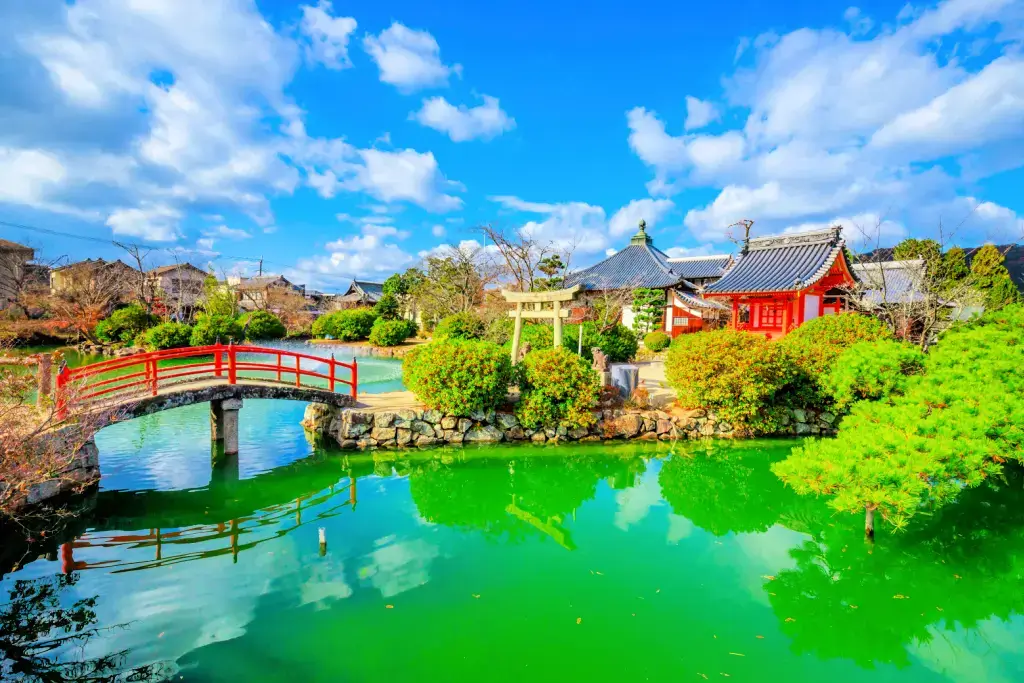
Okayama Prefecture is famous for the Momotaro legend, a beloved Japanese folktale about a boy born from a peach. Many tourists from Japan and abroad are curious and explore various sites related to this story around Okayama. However, this magical place also offers many exciting things for history and art lovers or even just for those looking for a peaceful getaway. Let’s explore this prefecture and the five most visited spots here!
Where is Okayama Prefecture?
Okayama Prefecture is a stunning area located in the Chuugoku region of Japan, on the island of Honshu. It borders Tottori to the north, Hyogo to the east, and Hiroshima to the west. The prefecture was created during the Meiji period (1868 – 1912) by combining three old provinces, Bitchu, Bizen, and Mimasaka.
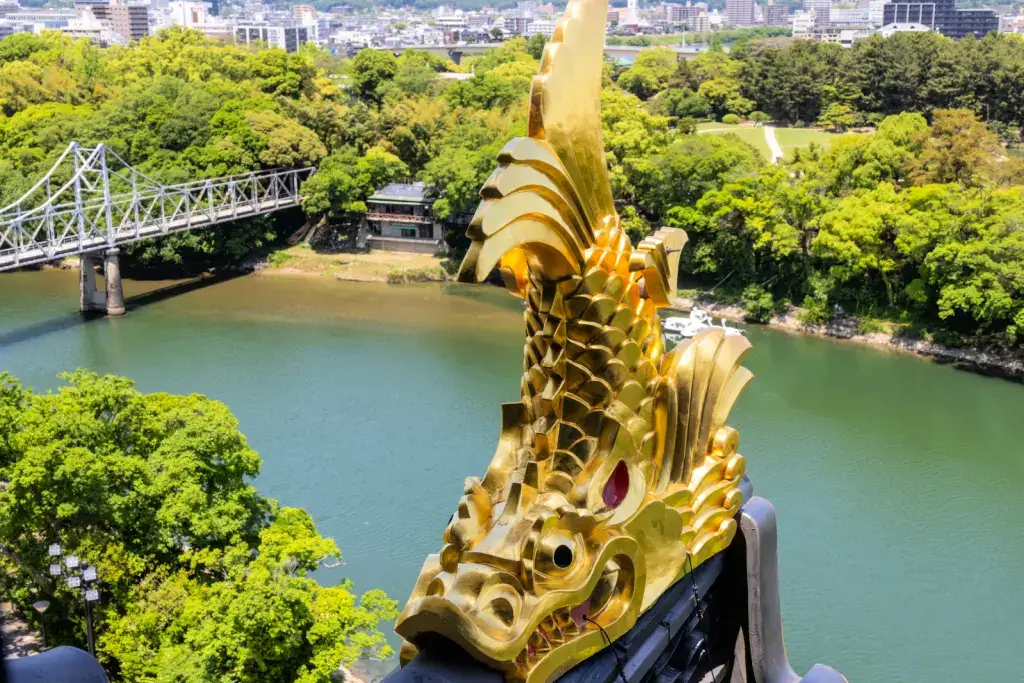
It’s on the coast of the Seto Inland Sea, making it a sunny and welcoming place for visitors. This sunny weather is perfect for growing delicious fruits like Muscat grapes and white peaches, some of the country’s best. In addition, Okayama City, the prefecture’s capital, is also recognized as one of Japan’s top three landscape gardens.
Kurashiki City
Kurashiki City has a rich history and a vibrant presence. It flourished as a merchant city during the Edo period (1603 – 1868) and later became known for its spinning industry in the Meiji era. Today, Kurashiki is known for its cultural and industrial contributions. The Takahashi River’s good weather and rich soil help farming and fishing succeed.
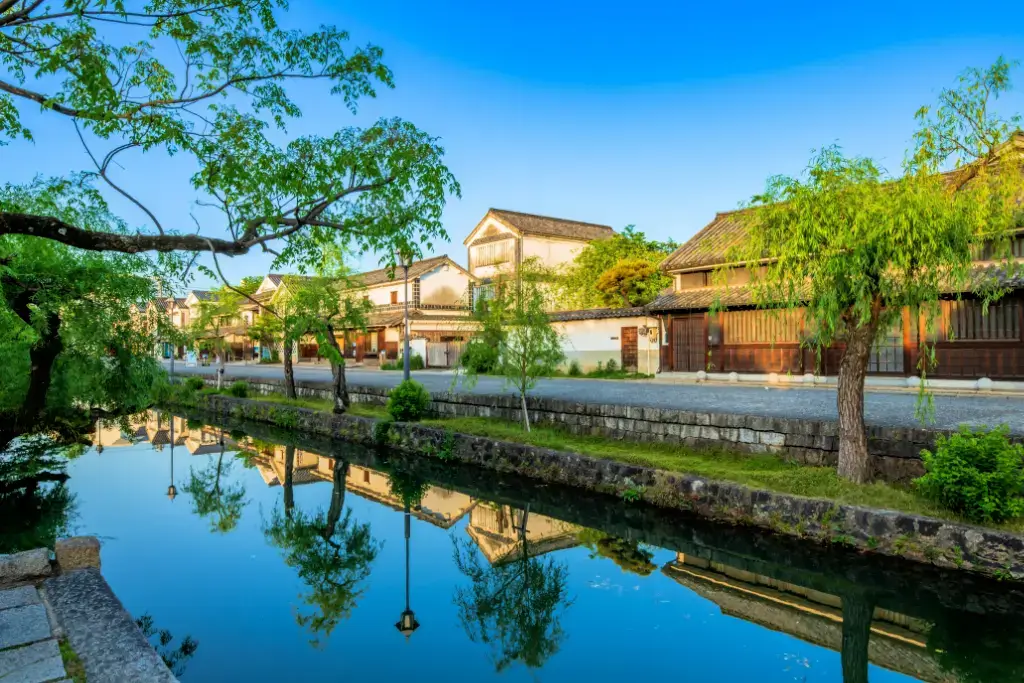
One of Kurashiki’s main highlights is the Kurashiki Bikan Historical Quarter. This area is loved for its beautifully preserved white-walled warehouses and traditional houses that date back to the Edo period. Strolling through this area feels like going back in time, with a pretty canal lined with willow trees and small boats carrying people, much like Venice. Many old warehouses are now museums, shops, and cafes, making the area lively and full of history. One notable spot is the Ohara Museum of Art, which houses an impressive Western and Japanese art collection.
Furthermore, the city is also renowned as Japan’s jean capital, attracting fashion lovers from all over. The Kojima area was the first in Japan to make denim and is still a top destination for denim fans. You can easily find cool jeans, jackets, and many unique accessories on Kojima Jeans Street!
Inujima
Inujima, also called “Dog Island” due to a large rock resembling a sitting dog, is a charming little island in the Seto Inland Sea. It’s a quick ten-minute ferry ride from Hoden Port in Okayama Prefecture. This small island is a delightful mix of history and art, offering a calm getaway from the busy mainland.
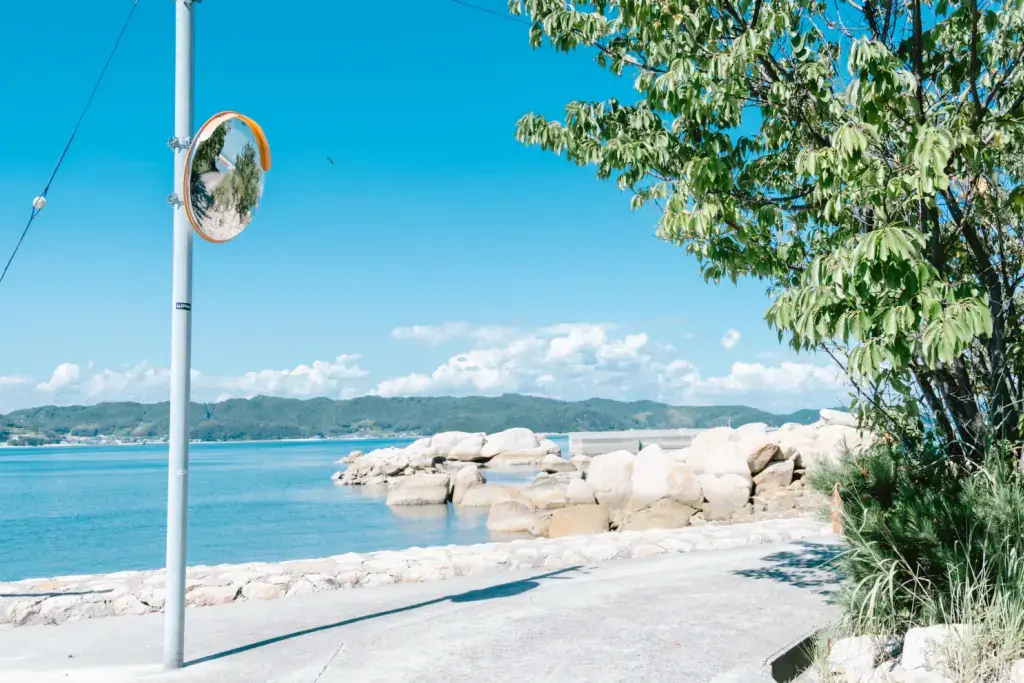
Historically, Inujima was an industrial hub known for its granite production in ancient times and later as a copper refinery in the early 20th century. When copper prices dropped, the refinery shut down, leaving behind intriguing ruins. These old brick walls and smokestacks are now part of the Inujima Seirensho Art Museum. The museum mixes these old parts with modern art, creating an excellent mix of past and present. You can see art like a mirror tunnel and pieces from a famous novelist’s house, all in the museum’s underground areas.
The island is also well-known for the Inujima Art House Project, which includes five art galleries scattered throughout a quaint village. These galleries were initially created for art festivals and have become permanent attractions. Besides art, the island offers limited shopping and dining options, with a few small cafes and restaurants near the port. For those looking to stay longer, there is even a beachside campground where you can set up a tent and enjoy the island’s nature.
Are you looking for amazing snacks from places like Okayama Prefecture? Check out Sakuraco! Sakuraco delivers traditional Japanese snacks, teas, and sweets from local Japanese makers directly to your door so you can enjoy the latest treats directly from Japan!
Korakuen Garden
Korakuen Garden is considered one of Japan’s three great landscape gardens. It was founded by the Ikeda family in 1687 and is right next to Okayama Castle. The garden features a large pond, scenic hills, and winding paths that showcase traditional Japanese garden elements.
It was initially built as a place for relaxation and to entertain important guests. After the feudal era ended, it was opened to everyone in 1884. The garden has suffered floods and war damage, but it has been carefully restored to its old charm.
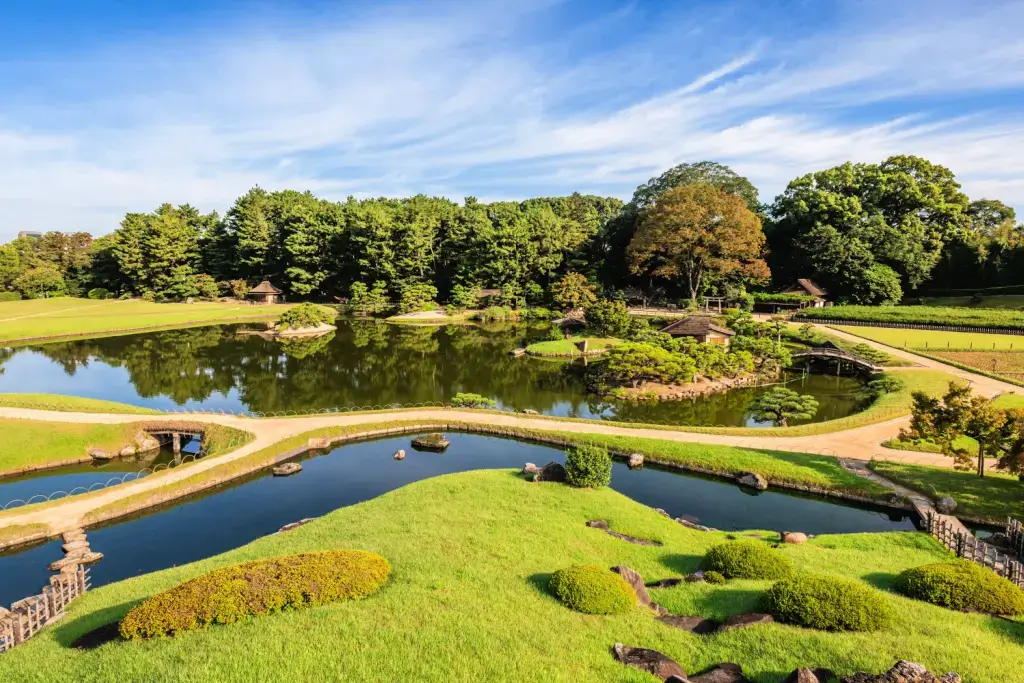
The garden covers a large area and includes a variety of attractions. You can explore its expansive lawns, walk through the cherry and maple trees, and visit the tea and rice fields. There’s also a place where you can see cranes up close. In spring, the garden blooms with colorful plum and cherry flowers, and in summer, you’ll see bright irises and lots of green.
Throughout the year, Korakuen Garden hosts several events. In May, you can watch traditional tea harvesting, while in June, there’s a rice planting ceremony. In summer and autumn, special night events light up the garden with bamboo lanterns, making it look magical.
Okayama Castle
Okayama Castle, also called “Crow Castle”, is a fascinating landmark in Okayama City. Initially built in 1597 by a feudal lord named Hideie Ukita, the castle has a rich history that reflects Japan’s past. The initial castle was ruined during World War II but was reconstructed with concrete in 1966. Today, it is a city symbol and a popular spot for visitors.
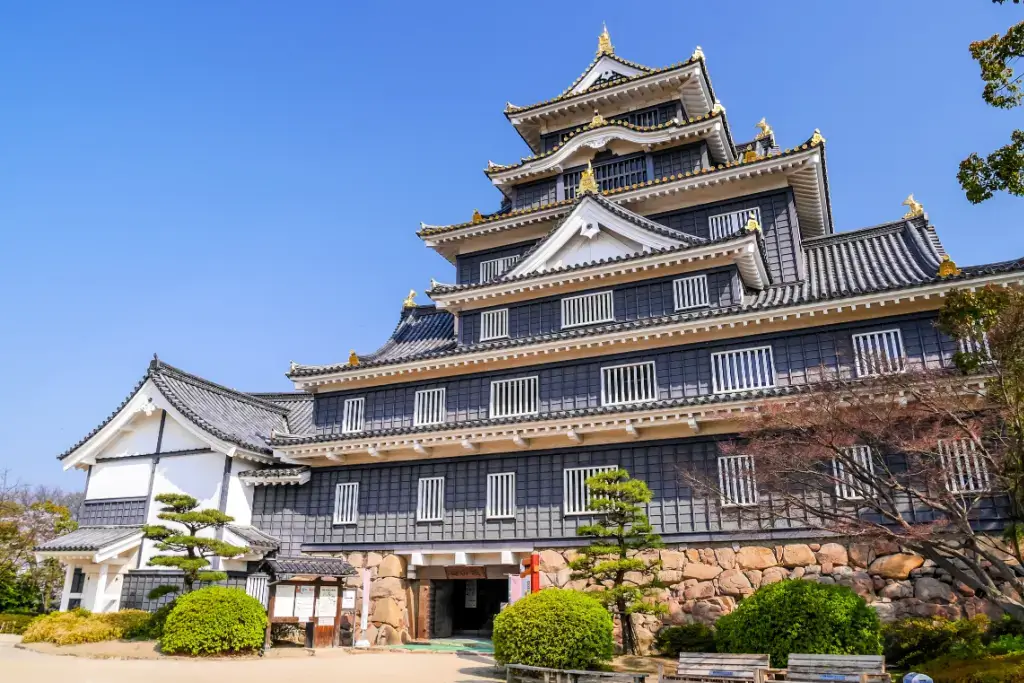
One of the highlights of the castle is its unique architecture. It has a special, uneven shape and black walls. The only part that survived the war is the Moon Viewing Turret, built in the 1620s, now a protected historical site. Inside the castle, you can see different displays that tell the castle’s story.
The castle grounds have lots of fun things to do. You can try on traditional Japanese clothes, like kimonos. There’s also a pottery workshop where you can make Bizen pottery, a local craft. The lower floors have souvenir shops and a café where you can enjoy local snacks. Plus, annual special events, including light shows, make the castle look amazing at night.
Kibitsu Shrine
Kibitsu Shrine stands in the Kibitsu neighborhood and attracts visitors for its unique connection to the Momotaro legend. Established around 1700 years ago, the shrine underwent reconstruction in 1425. It honors Prince Kibitsuhiko, the legendary hero behind the Momotaro story.
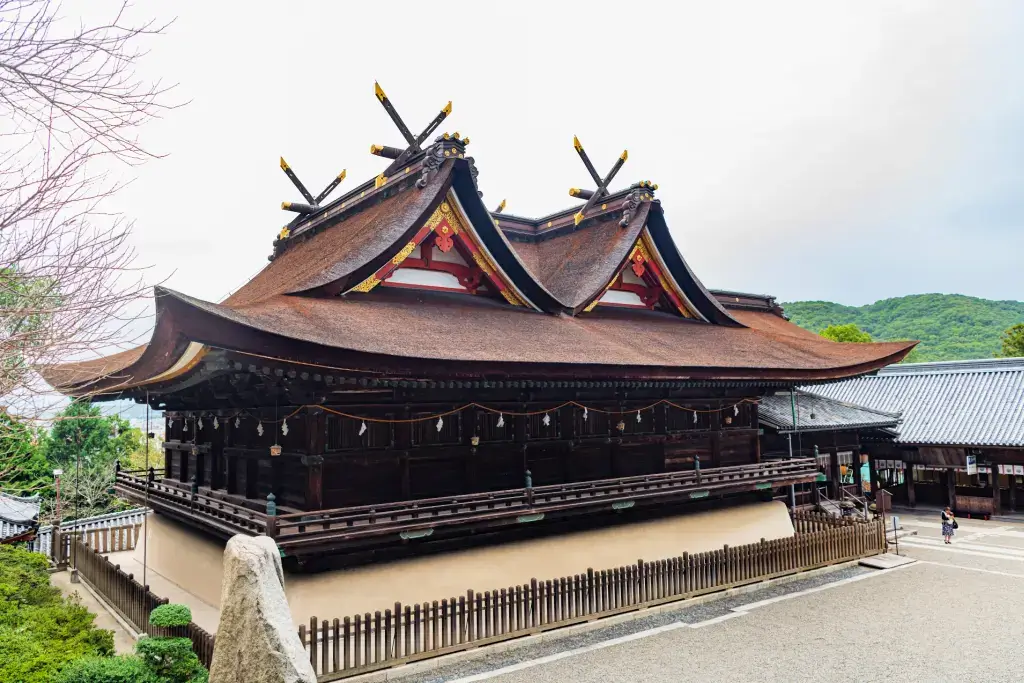
The building showcases a distinctive architectural style known as Kibitsu zukuri, characterized by its striking double-gabled roof. The shrine’s grounds feature a famous 400-meter-long (1312 feet) covered corridor that links the main building to a smaller shrine, providing a scenic pathway perfect for a relaxing stroll.
Visitors can admire a large rock where Prince Kibitsuhiko allegedly placed his arrows and where he fought demons. Notable locations like Yagi Rock and Okamaden also form part of the old legend. Additionally, the shrine hosts a special ritual called Narukama Shinto, where the bubbling of a kettle serves as a means of fortune-telling.
Why should I head to Okayama Prefecture?
You’ll want to check out Okayama Prefecture because it’s a fantastic place with a unique blend of history, art, and natural beauty. The prefecture boasts many impressive historical sites, such as Okayama Castle and Korakuen Garden. Additionally, Kurashiki’s historic district and Inujima’s art installations present a harmonious combination of tradition and modern creativity. Overall, each location provides a unique aspect of Okayama’s diverse appeal. What interests you most about this prefecture? Share your thoughts in the comments!

Discover authentic flavors with Sakuraco
Get Sakuraco 

Discover authentic flavors with Sakuraco
Get Sakuraco 
Related Articles
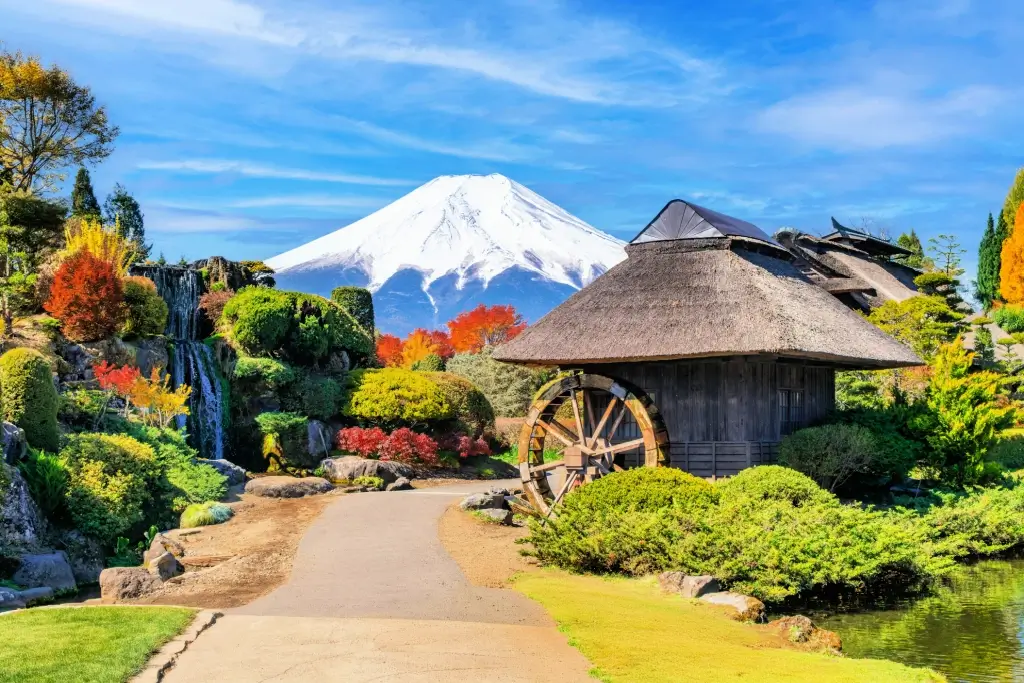
Best Time to Visit Japan: Nine Great Regions!
Japan is famous for its numerous beautiful natural landscapes and its ancient cultural traditions, which are still preserved today. Is now the best time to visit Japan? Let’s explore the nine regions of this nation and what makes each unique.
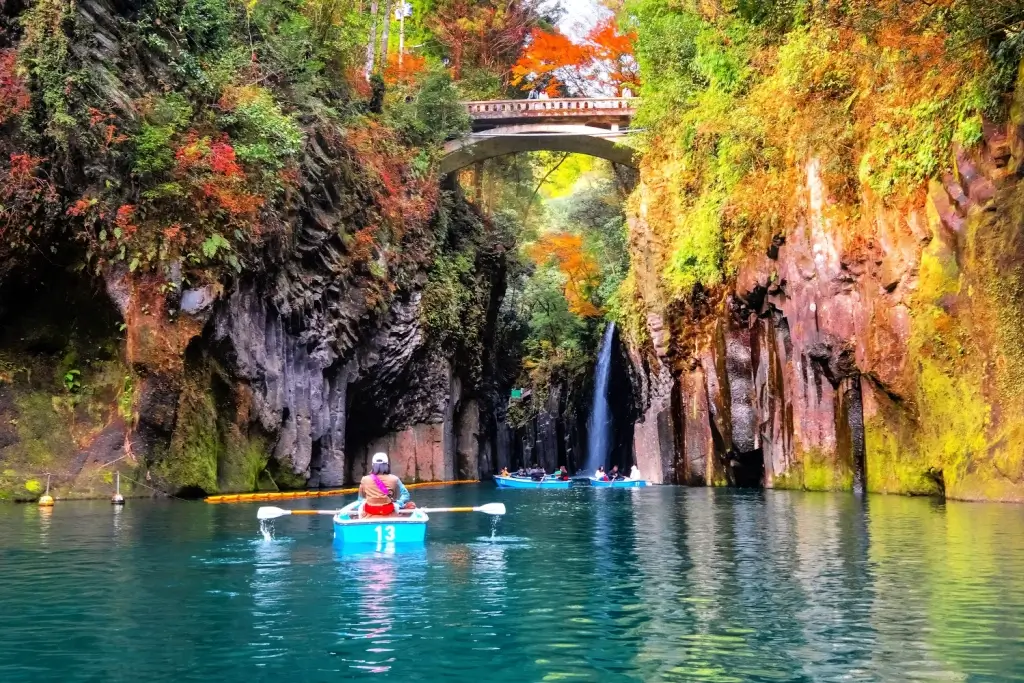
Kyushu Region: The Subtropical Island of Japan!
The Kyushu region in southern Japan offers natural beauty, rich history, and culinary delights. Comprising seven prefectures, Kyushu is full of attractions, from cities and volcanoes to hot springs and local food.

Kumamoto Food: Five Great Dishes to Try!
Whether exploring Kumamoto Castle or soaking in hot springs, sampling this prefecture’s signature dishes is essential to the experience!
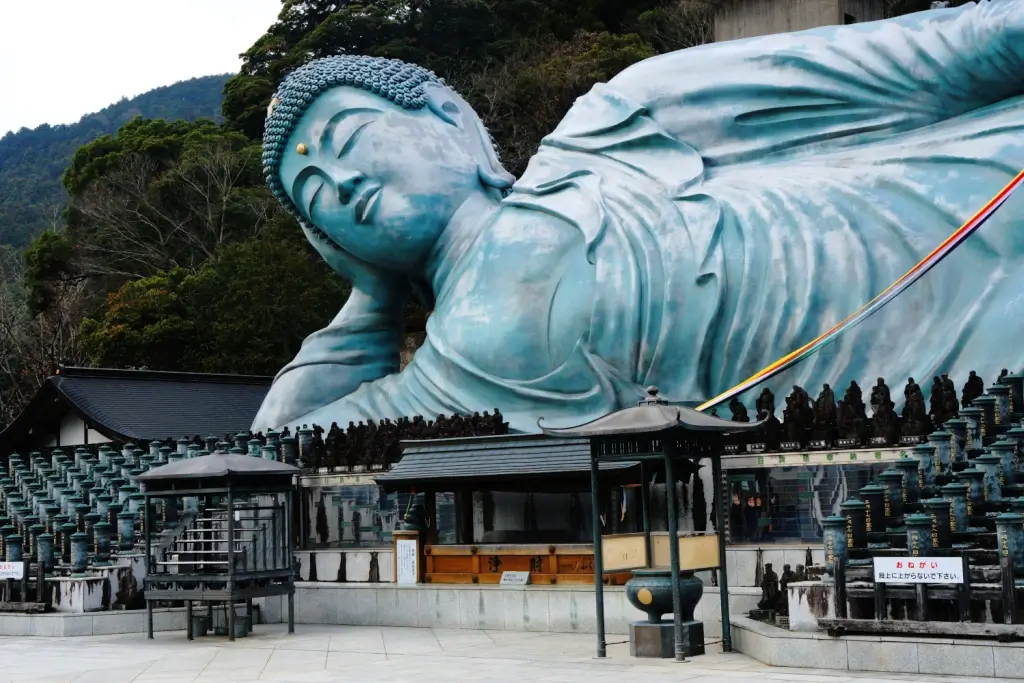
Fukuoka Travel: Enjoy Shopping and Sightseeing!
As one of Japan’s oldest and most culturally significant cities, Fukuoka must be on your following Japanese itinerary!



